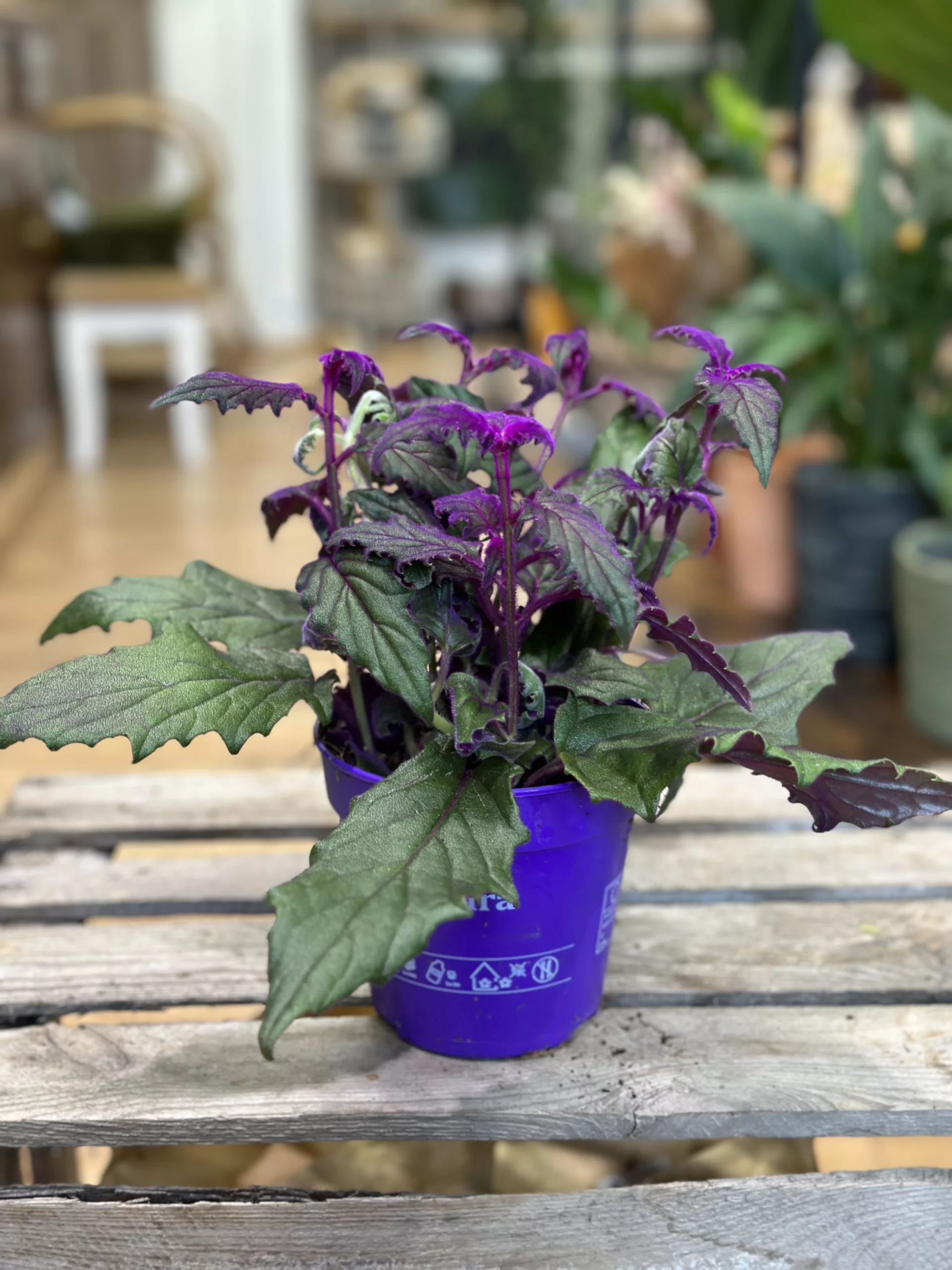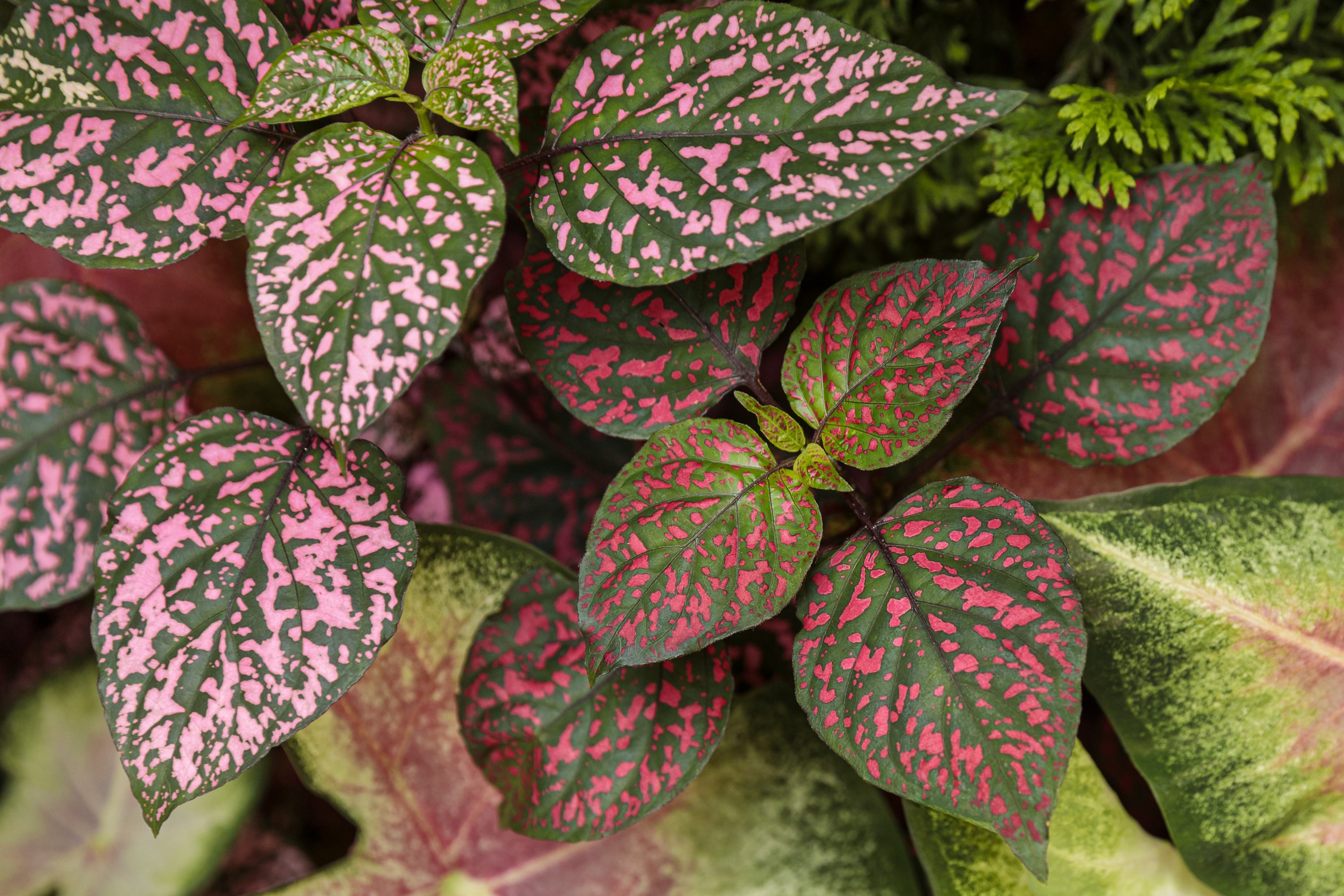How To Care For Purple Passion Plant (Gynura aurantiaca)
The Purple Passion Plant, scientifically known as Gynura aurantiaca, is a striking houseplant admired for its velvety green leaves covered in vibrant purple hairs. This unique foliage makes it a standout addition to any indoor garden. While relatively easy to care for, the Purple Passion Plant does have specific needs to keep it thriving. Here’s a comprehensive guide to help you care for your Purple Passion Plant.

Light Requirements
Purple Passion Plants thrive in bright, indirect light. Proper lighting helps maintain their vibrant purple color:
- Bright, Indirect Light: Place the plant near an east or west-facing window where it can receive plenty of indirect sunlight. Direct sunlight can scorch the leaves, while insufficient light can cause the purple color to fade.
- Artificial Light: If natural light is limited, fluorescent or LED grow lights can supplement to provide adequate light for healthy growth.
Watering
Proper watering is crucial for the health of your Purple Passion Plant:
- Frequency: Water the plant when the top inch of soil feels dry to the touch. Overwatering can lead to root rot, while underwatering can cause the leaves to wilt.
- Method: Water thoroughly until water drains out of the bottom of the pot. Ensure the pot has good drainage to prevent standing water.
- Humidity: Purple Passion Plants prefer moderate humidity. If the air in your home is very dry, you can increase humidity by misting the plant occasionally or placing a tray of water near the plant.
Soil
Purple Passion Plants prefer well-draining soil to prevent waterlogging:
- Soil Mix: Use a high-quality potting mix with added perlite or sand to improve drainage. A standard houseplant potting mix combined with cactus mix works well.
Temperature
Maintaining the right temperature is important for the Purple Passion Plant:
- Optimal Temperature: Keep the plant in a warm environment with temperatures between 60-75°F (16-24°C). Avoid exposing the plant to temperatures below 50°F (10°C) or to cold drafts.

Fertilizing
Regular feeding helps promote healthy growth and vibrant foliage:
- Frequency: Fertilize once a month during the growing season (spring and summer) with a balanced, water-soluble fertilizer diluted to half strength.
- Winter: Reduce or stop fertilizing in the fall and winter when the plant’s growth slows.
Pruning and Maintenance
Regular maintenance will keep your Purple Passion Plant looking its best:
- Pruning: Trim back leggy growth to encourage bushier growth and maintain the plant’s shape. Pruning also helps prevent the plant from becoming too tall and unruly.
- Cleaning: Remove any dead or yellowing leaves to keep the plant healthy and prevent potential pest issues.
Common Problems and Solutions
- Yellowing Leaves: This can indicate overwatering or poor drainage. Adjust your watering habits and ensure the soil drains well.
- Wilting Leaves: This can be a sign of underwatering. Increase watering frequency but ensure the soil dries out between waterings.
- Pests: Purple Passion Plants can attract pests like aphids, spider mites, and whiteflies. Inspect the plant regularly and treat infestations with insecticidal soap or neem oil.
Propagation
Propagating the Purple Passion Plant is relatively easy and can be done through stem cuttings:
- Cutting: Take a healthy stem cutting with several leaves and at least one node.
- Rooting in Water: Place the cutting in a glass of water, ensuring the node is submerged. Change the water every few days to keep it fresh. Roots should develop within a few weeks.
- Planting: Once roots are well-developed, plant the cutting in a pot with well-draining soil.
Conclusion
The Purple Passion Plant (Gynura aurantiaca) is a visually striking and relatively easy-to-care-for houseplant that can add a splash of color to your indoor garden. By providing the right light, water, and care, you can enjoy the unique beauty of this plant year-round. Regular attention to its watering, fertilizing, and pruning needs will ensure that your Purple Passion Plant remains healthy and vibrant.

Light Requirements
Purple Passion Plants thrive in bright, indirect light. They should be placed near a window where they can receive plenty of natural light. Avoid placing them in direct sunlight, as this can scorch their delicate leaves.
Watering
Water your Purple Passion Plant when the top inch of soil feels dry to the touch. Be careful not to over-water, as this can lead to root rot. During the growing season, your plant may need more frequent watering, while in the winter months, you can reduce the amount of water you give it.
Temperature and Humidity
These plants prefer temperatures between 60-75°F (15-24°C) and moderate humidity levels. To increase humidity, you can mist your plant regularly or place a small humidifier nearby.
Soil and Fertilizer
Plant your Purple Passion Plant in well-draining soil to prevent water-logging. You can use a mix of potting soil and perlite to improve drainage. Fertilize your plant once a month during the growing season with a balanced liquid fertilizer diluted to half strength.
Pruning and Propagation
- Regularly pinching back the growing tips will encourage a bushier, more compact growth habit.
- To propagate your Purple Passion Plant, you can take stem cuttings and root them in water or moist soil.
Pests and Diseases
Keep an eye out for common houseplant pests such as spider mites and mealybugs. If you notice any pests, you can treat your plant with neem oil or insecticidal soap. Avoid over-watering to prevent issues with root rot.
Stat:
According to a recent study, Purple Passion Plants have been shown to improve air quality by removing indoor pollutants such as formaldehyde and xylene from the air.

:max_bytes(150000):strip_icc():format(webp)/GettyImages-511790642-2000-6fe26923bfb040cab1ebcf930a5933ca.jpg)




